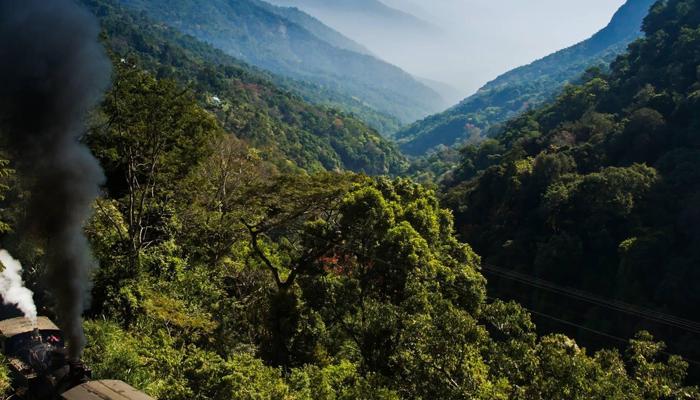Discover 5 Unique Indian Jasmine Plants for Your Terrace Garden - Transform Your Outdoor Space Now!
Unique Indian Jasmine Plants Perfect for Your Terrace Garden—Create Your Oasis Now!
Terrace gardening with
Indian jasmine plants adds charm and fragrance
The terrace garden, a little piece of paradise amidst the concrete jungle, is becoming increasingly popular in Indian homes. And what's a garden without the intoxicating fragrance of jasmine?
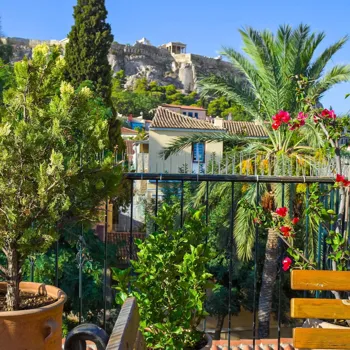
Known as "mogra" or "chameli" in different parts of India, jasmine holds a special place in our hearts and traditions. It's not just a beautiful flower; it's also a symbol of purity, love, and auspicious beginnings, often used in religious ceremonies and adorning the hair of Indian women.
Growing jasmine on your terrace is easier than you might think, and the reward is a constant supply of sweet-smelling blooms that will transform your outdoor space into a fragrant oasis.
Let's explore five unique Indian jasmine plants that are perfect for your terrace garden, adding a touch of desi charm and delightful aroma to your home. Planting jasmine is not only a rewarding hobby but also a way to connect with nature.
Popular jasmine varieties in India: Mogra with white flowers & Star Jasmine for climbers
Firstly, there is the "Mogra" or Arabian Jasmine (Jasminum sambac), is perhaps the most well-known and loved jasmine variety in India. Its intensely fragrant, pure white flowers are used in everything from perfumes to garlands and teas.
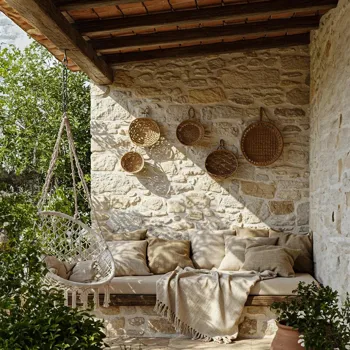
"Mogra" thrives in warm, humid climates and prefers well-draining soil. It can be grown in pots on your terrace, but it needs regular watering and fertilization to produce abundant blooms. Pruning after flowering encourages new growth and keeps the plant healthy.
Secondly, there is the Star Jasmine (Trachelospermum jasminoides), though not a true jasmine, it shares the same enchanting fragrance and star-shaped, white flowers. It's a vigorous climber, perfect for covering trellises or walls on your terrace.
Star jasmine is more tolerant of cooler temperatures than "mogra" and requires less maintenance, making it a great option for beginners.
Apart from its aesthetic value, the fragrance of star jasmine has calming effects, making it an excellent choice for creating a relaxing and serene atmosphere on your terrace. Consider planting this near your seating area.
Chameli plant with sweet fragrance blooms, easy to grow
Thirdly, there is the Chameli (Jasminum grandiflorum) blooms with delicate, white flowers that have a sweet, fruity fragrance. It's a semi-climbing variety that can be trained to grow on a support or allowed to cascade over the edges of a pot.
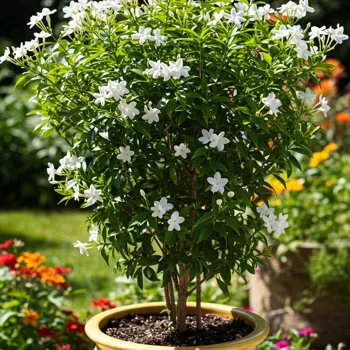
Chameli is relatively easy to grow and is known for its long flowering season, providing you with blooms throughout the warmer months. Its fragrance is milder than "mogra" but equally captivating, making it a popular choice for perfumes and aromatherapy.
Moreover, the 'desi' element of these plants is what makes it more popular. It is to be noted that these can survive Indian climatic conditions. The other two unique varieties are Kund Malligai and Parijat, which are described below.
These varieties are easily available at local plant nurseries and can be easily grown on your terrace. Many plant nurseries also offer online delivery. So, what are you waiting for, get started to create your oasis now!
Kund Malligai, a fragrant South Indian flower for garlands and offerings, thrives in full sun
Fourthly, there is the Kund Malligai or Madurai Malli (Jasminum auriculatum) is native to South India and is known for its intensely fragrant, clustered flowers. The flowers are smaller than "mogra" but equally beautiful. It is often used in bridal garlands and religious offerings in Tamil Nadu.
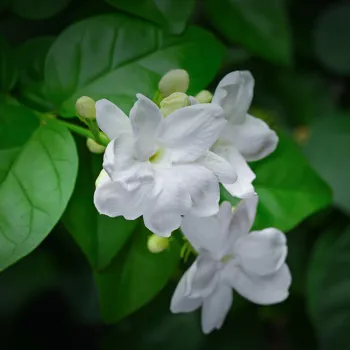
Kund Malligai is a relatively hardy variety and can tolerate slightly drier conditions. It thrives in full sun and requires regular pruning to maintain its shape. The unique fragrance of Kund Malligai is highly prized and is used to make traditional perfumes and incense.
Planting Kund Malligai on your terrace will bring a touch of South Indian charm and fragrance to your garden. The plant is easy to grow with minimal care. However, keep checking the plant for pest infections. Regular watering is a must to get the best blooms.
The flowers are used in making garlands for Gods, thus considered auspicious.
Night-flowering Parijat plant, sacred in Hinduism, known for unique fragrance and dye-making potential
Fifthly, there is the Parijat or Night-flowering Jasmine (Nyctanthes arbor-tristis) stands out with its small, white flowers that bloom at night and fall to the ground at dawn. Though technically not a true jasmine, it belongs to the same family and shares a similar fragrance.
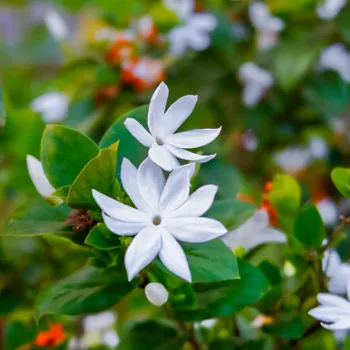
Parijat has a unique sweet and slightly spicy scent that is most pronounced at night, filling your terrace with its enchanting aroma. It is considered a sacred plant in Hinduism and is believed to bring good luck and prosperity. Parijat prefers well-draining soil and partial shade.
The orange stems of fallen flowers are also used for dyeing clothes and making natural dyes. This is also an amazing flowering plant with distinct fragrance. It is also to be noted that it does not require a lot of maintenance.
Tips for successful jasmine terrace garden: soil, sunlight, water, fertilize, prune
To make your terrace garden a fragrant success, remember these key tips. Firstly, selection of the right soil is imperative. Jasmine plants generally prefer well-draining soil that is rich in organic matter. You can create your own potting mix by combining garden soil, compost, and sand.
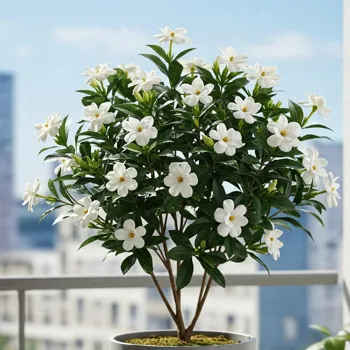
Secondly, place your jasmine plants in a location that receives at least six hours of sunlight per day. Good sunlight is essential for abundant flowering. Thirdly, water your jasmine plants regularly, especially during the growing season. However, avoid overwatering, which can lead to root rot.
Fourthly, regular fertilization is necessary to provide your jasmine plants with the nutrients they need. Use a balanced fertilizer specifically formulated for flowering plants. Lastly, prune your jasmine plants after flowering to encourage new growth and maintain their shape.
Remove any dead or diseased branches. With a little care and attention, your terrace garden will be transformed into a fragrant oasis, filled with the sweet scent of jasmine.
AI Generated Content. Glance/InMobi shall have no liability for the content

